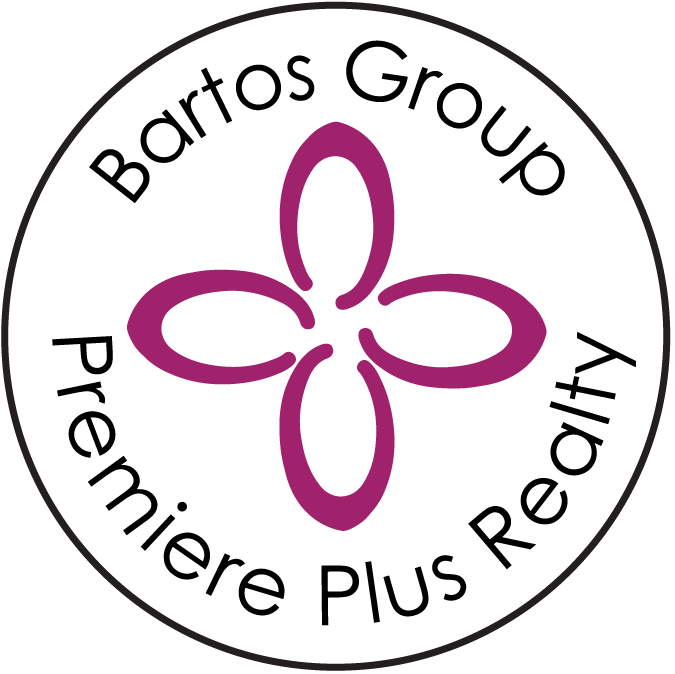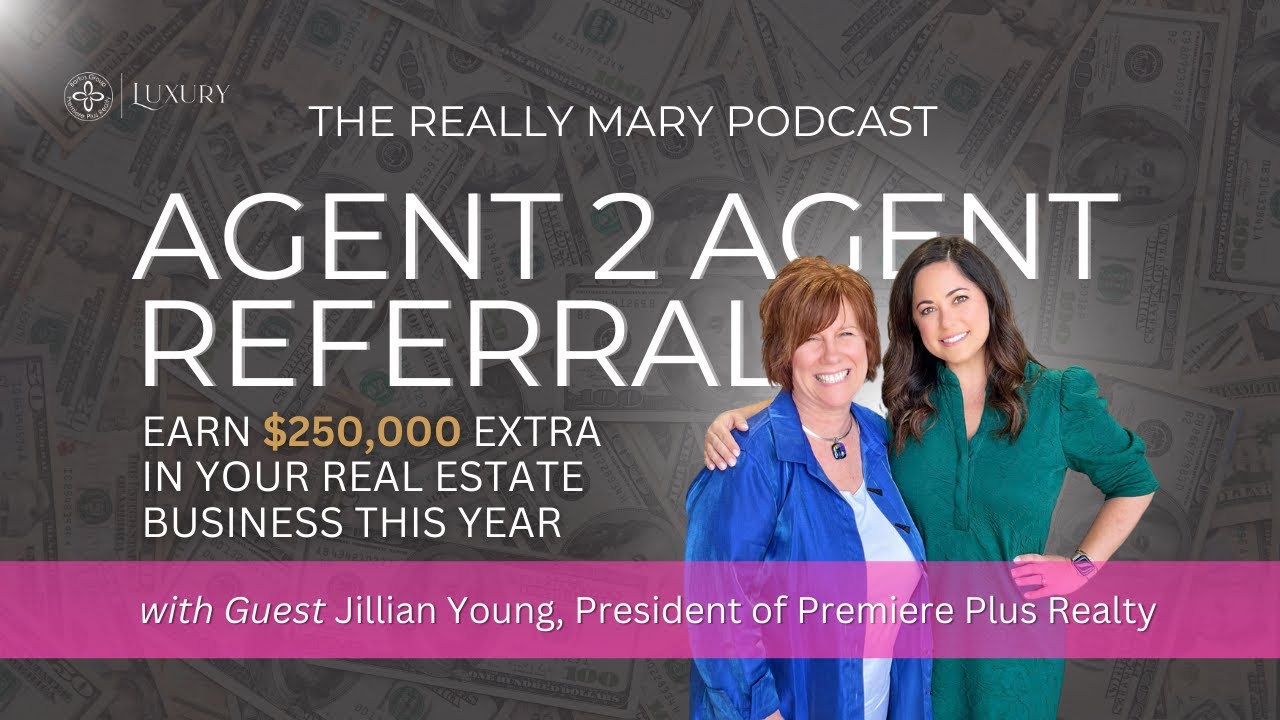
This article is inspired by a conversation hosted by the Bartos Group featuring Mary Bartos and Jillian Young. In their discussion, they make a powerful, practical case for focusing on Referrals Real Estate as the single most effective growth strategy for agents who want predictable, high-margin income. The examples, statistics, and tactics shared are designed for agents across the U.S. who want to turn their relationships into a reliable referral engine capable of producing six-figure results.
In the Bartos Group session, the central claim was simple and bold: an agent who doubles down on Referrals Real Estate and executes a consistent touch strategy can realistically add $250,000 (or more) in referral-based income in a single year. The math and methods presented are both repeatable and scalable — they don’t depend on chasing the latest tech or buying more internet leads.
Why Referrals Real Estate Should Be Your Priority
Two powerful data points anchor the argument:
- 63% of transactions originate from referrals or people who knew the agent — a statistic cited in the conversation as evidence that relationships still drive the bulk of business.
- Only 39% of past clients use the same agent for repeat business, which means a large portion of potential referral value is slipping away each year.
These numbers highlight a gap between potential and performance. If the majority of buyers and sellers are coming via referrals, but less than half reuse their agent, there’s an enormous opportunity for agents who create systems to stay top-of-mind and earn outbound referrals — both consumer-to-consumer and agent-to-agent.
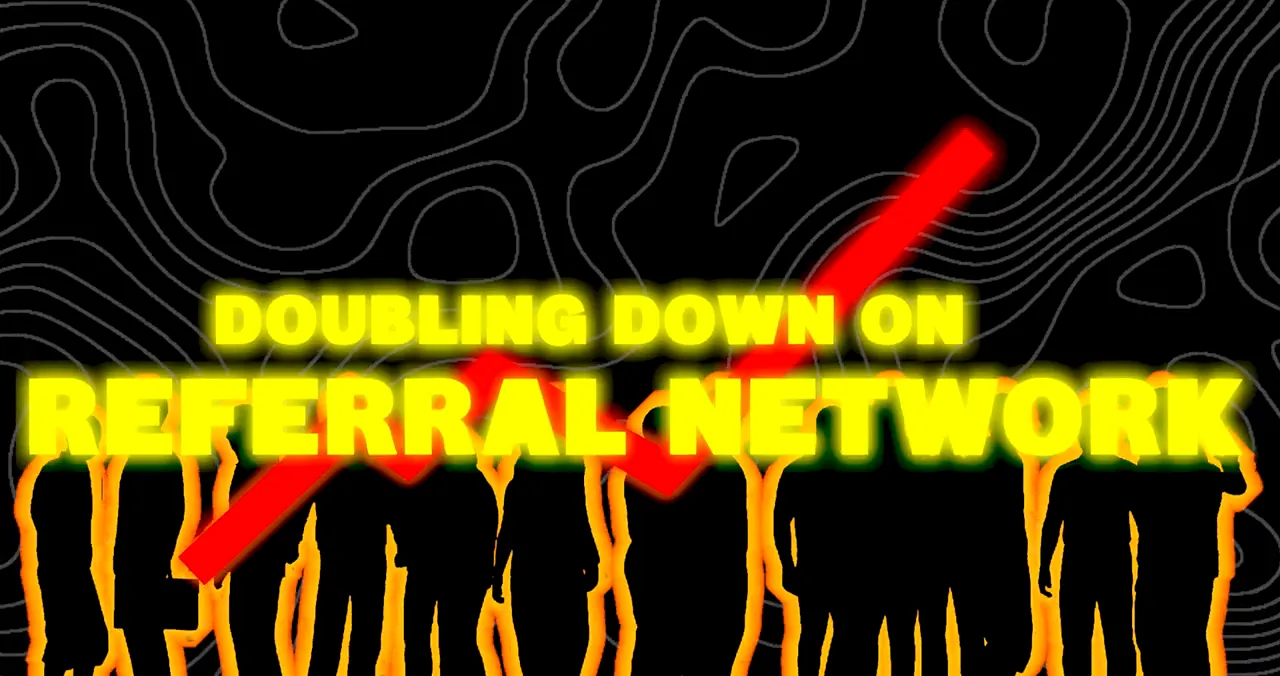
Agent-to-Agent vs. Consumer Referrals: Two Distinct Plays
The discussion separates referrals into two categories — consumer referrals (past clients referring friends and family) and agent-to-agent referrals (referring business to and receiving business from other agents). Each requires different tactics:
Consumer Referrals
- Focus on consistent, value-driven touches to past clients.
- Deliver great service throughout the transaction and maintain a long follow-up rhythm after closing.
- Use anniversary touches (home purchase anniversary, birthday), surprise gifts, market updates, and hyper-local content to stay relevant.
Agent-to-Agent Referrals
- Build professional relationships with agents in complementary markets or specialties (e.g., relocation, luxury, or investment properties).
- Create reciprocal referral agreements and streamline the handoff process so clients get a consistent experience.
- Attend CEO and leadership events, speak at conferences, and actively participate in broker-level networks to expand your agent-to-agent pipeline.
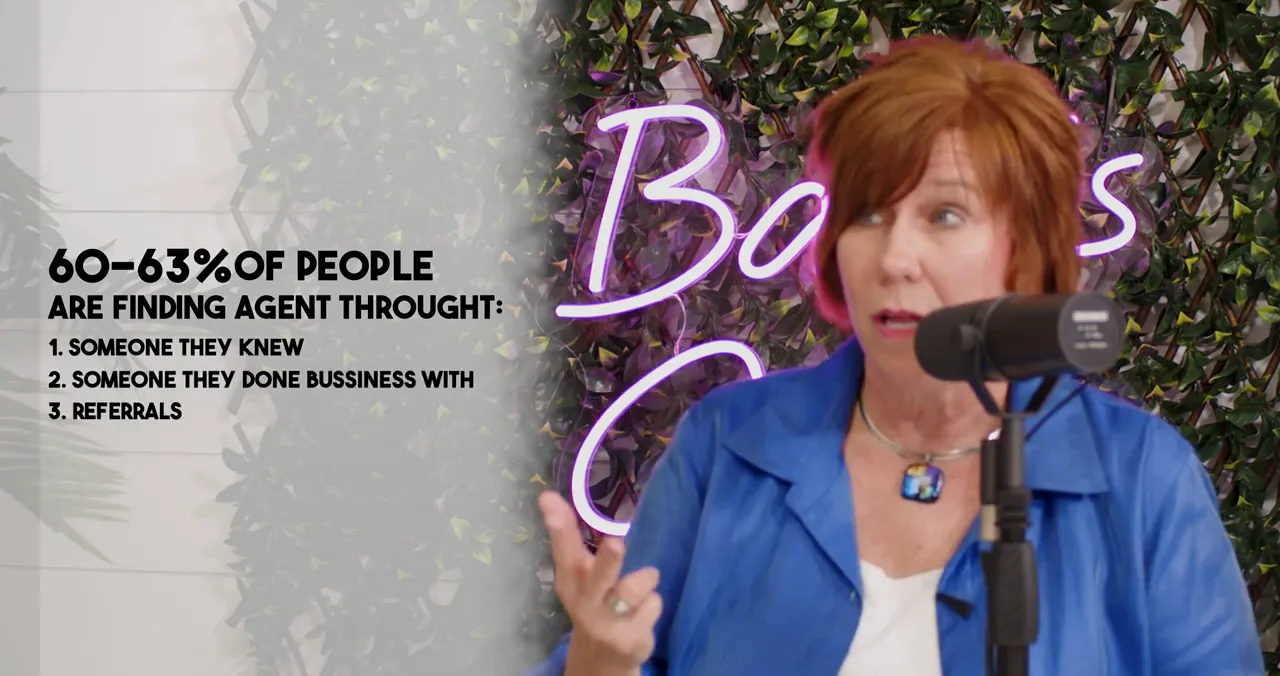
A Real-World Example: How Referrals Turn Into Six-Figures
The Bartos Group shared concrete numbers to show what’s possible. In a recent year, their team recorded $424,000 in referral income. In the current year, they were on track for roughly $250,000 from referrals alone.
Here’s a simplified example of how those numbers can add up for an individual agent:
- A single referral transaction that closes at $500,000 with a 3% commission yields $15,000 total commission.
- If the referring agent’s split on a referral is 25%, the referring agent earns $3,750 from that one deal.
- Multiply that by 70–100 successful referrals per year (a realistic goal for an agent with a strong, active network), and the referral income compounds quickly toward the $250,000 mark.
That same principle holds if the agent receives fewer but higher-value referrals — the arithmetic still supports significant income if the pipeline is consistent.
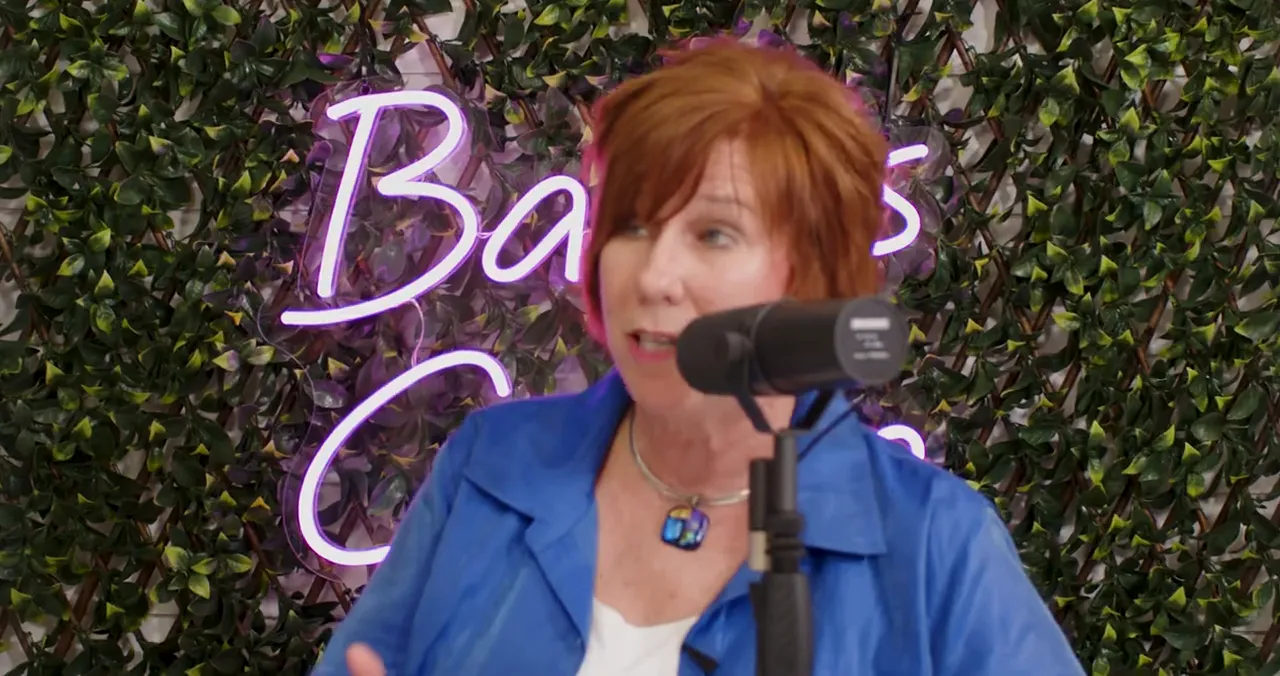
The 16–35 Touch Rule: Practical Frequency for Staying Top of Mind
One of the most actionable takeaways is the recommended frequency for client touches: agents should aim for roughly 16 to 35 touches per year per past client. That range accounts for differing client preferences and levels of engagement. The idea is not to overwhelm, but to be predictably present.
Example touches per year (sample mix):
- 1–2 personalized phone calls (check-in, market update)
- 6–12 digital touches (monthly market newsletter, local content, social engagement)
- 2–4 physical items (anniversary cards, small gifts, printed market reports)
- 4–8 event or community-based touches (invites to client appreciation events, community updates)
Concrete Tactics to Implement Immediately
What does a repeatable system look like? The conversation points to a mixed-media approach that combines print, digital, and personal outreach. Key tactics include:
- Automated but personalized digital campaigns: Monthly value-driven newsletters, property value updates, and neighborhood spotlights.
- Printed mailers and postcards: Quarterly market postcards and closing anniversary cards that feel personal, not promotional.
- Phone outreach: Timely calls after major market shifts, or just to check in on life events.
- Small surprise gifts: Home maintenance guides, moving anniversary gifts, or customized local business vouchers.
- Agent networking: Host regional roundtables, speaker events, or virtual meetups that cultivate reciprocity between agents.
These tactics create the kind of relationship velocity that converts satisfied past clients into active referrers, and builds trust with other agents who will send you business in return.
How to Build a Simple Annual Referral Calendar
Create a template for each past client that schedules touches across the year. Example 12-month plan:
- January: New Year’s card + market snapshot
- March: Personal phone check-in
- May: Home maintenance checklist + local vendor recommendation
- July: Neighborhood market update postcard
- September: Invitation to client appreciation event
- November: Closing anniversary gift + personal note
- December: Holiday card and ask for referrals in a gentle, gratitude-focused way
Multiply that template across your past client list and automate what can be automated while preserving personalization where it counts. This is the backbone of a referral system that scales without burning out the agent.
Masterclass and Community: Accelerating Your Referral Results
For agents who want step-by-step execution, the Bartos Group scheduled an agent-to-agent masterclass to teach the exact systems used to generate high referral income, featuring Mary Bartos and guest speaker Lose Bray from Miami. Events like this offer templates, scripts, and operational blueprints for building reciprocal referral networks and consumer-facing referral programs.
Attending a focused masterclass can compress years of trial-and-error into a single weekend of learning and implementation, especially for agents who are willing to commit to a discipline of consistent touches.
Measuring Success: What Metrics to Track
To ensure the referral engine is working, track a few simple metrics:
- Number of touches per client per year (target 16–35)
- Percentage of repeat business from past clients
- Number of referrals received vs. referrals given
- Referral conversion rate (referral → client → closed deal)
- Referral income month-over-month and year-over-year
These metrics help refine what works and where to allocate time and marketing budget.
FAQ — Referrals Real Estate
Q: How quickly can an agent expect to see results from a referral program?
A: Results vary, but with consistent touches and active networking, agents can start seeing referral leads within 3–6 months. Significant income (e.g., six figures) typically requires building a pipeline over 12–24 months while maintaining high touch frequency.
Q: What’s the minimum number of past clients needed to generate $250,000 from referrals?
A: There is no single answer. It depends on average transaction value, referral split, and conversion rate. For example, higher-priced markets require fewer referrals. The key is consistent outreach and developing a high-quality network of both consumers and agents.
Q: Should agents invest in software to manage touches?
A: Yes, but choose tools that support personalization and automation rather than replace the human element. A CRM that schedules touches, records personal notes, and automates newsletters will multiply effectiveness.
Q: How do agent-to-agent referrals differ from consumer referrals in etiquette?
A: Agent-to-agent referrals require clear communication about expectations, commission splits, and handoff procedures. Always maintain professionalism, provide timely updates, and follow through on promises to strengthen long-term reciprocity.
Q: What are some low-cost touch ideas for agents on a budget?
A: Personalized cards, curated local resource lists, short video market updates, and hosting occasional low-cost client meetups are effective. Consistency matters more than expense.
Conclusion
Referrals Real Estate isn’t a buzzword — it’s a measurable, repeatable strategy that leverages relationships to produce reliable income. Mary Bartos and Jillian Young’s message to agents is clear: stop chasing every new shiny object and begin systematizing your referral engine. With a disciplined touch strategy, agent-to-agent networking, and a focus on delivering exceptional experiences, agents can create a predictable pipeline capable of adding $250,000 or more to their annual income.
Start by auditing your past client list, commit to a 16–35 touch schedule, and build simple systems for both consumer and agent-to-agent referrals. The opportunity is already in your database — the question is whether you’ll convert it into lasting revenue.
Contact Us Today! |
|
Providing you the experience you deserve! |
| Click me |
